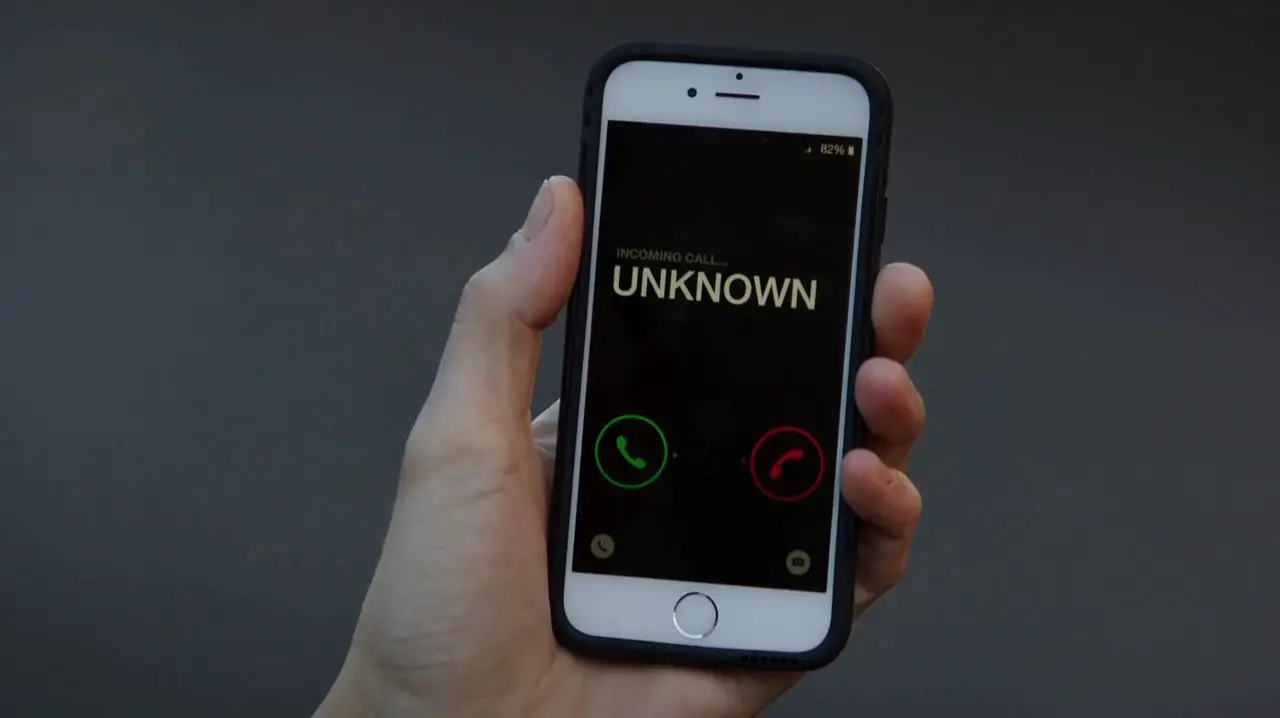Despite the propaganda, polling in 2016 was surprisingly accurate. The public mood did swing dramatically. Yet, the final polls were within the margin of error, which is amazing, because they couldn’t reflect the response to James Comey’s FBI kerfuffle about Hillary Clinton’s emails, just days before the election. Another thing to keep in mind is that Hillary did end up with about three million more votes than Donald Trump.
The most amazing thing about the polls’ accuracy is the public’s unwillingness to participate, requiring pollsters to create elaborate models to make up for the lack of response. And the trend seems to be getting worse, according to Pew Research.
The Pew Research Center reported Wednesday that the response rate for its phone polls last year fell to just 6 percent — meaning pollsters could only complete interviews with 6 percent of the households in their samples. It continues the long-term decline in response rates, which had leveled off earlier this decade. . . studies show pollsters have mostly been able to counter some of these forces by making complex adjustments to ensure they have a representative sample.
The response rate for telephone polls has cratered over the past three decades. In 1997, the response rate stood at 36 percent, meaning interviews could be conducted with more than a third of households in a sample. . .
Pew’s move to online polling is driven partly by the increased difficulty in interviewing Americans over the phone. But Kennedy also said there are advantages to its American Trends Panel, a randomly selected, nationally represented group of people recruited to participate in its online surveys: allowing respondents to complete the surveys on their own time, and the ability to track changes in respondents over time.
A few years ago, the New Yorker worried that polls were ruining democracy, noting that in the middle of the last century, over 90% of people participated in polls, when asked.
Lately, the Sea of Polls is deeper than ever before, and darker. From the late nineteen-nineties to 2012, twelve hundred polling organizations conducted nearly thirty-seven thousand polls by making more than three billion phone calls. Most Americans refused to speak to them. This skewed results. Mitt Romney’s pollsters believed, even on the morning of the election, that Romney would win. A 2013 study—a poll—found that three out of four Americans suspect polls of bias. Presumably, there was far greater distrust among the people who refused to take the survey.
The modern public-opinion poll has been around since the Great Depression, when the response rate—the number of people who take a survey as a percentage of those who were asked—was more than ninety. . . Pollster.com’s Mark Blumenthal has recalled how, in the nineteen-eighties, when the response rate at the firm where he was working had fallen to about sixty per cent, people in his office said, “What will happen when it’s only twenty? We won’t be able to be in business!”. . .
Meanwhile, polls are wielding greater influence over American elections than ever. In May, Fox News announced that, in order to participate in its first prime-time debate, hosted jointly with Facebook, Republican candidates had to “place in the top ten of an average of the five most recent national polls.” Where the candidates stood on the debate stage would also be determined by their polling numbers. . .
Even if more people could be persuaded to answer the phone, polling would still be teetering on the edge of disaster. More than forty per cent of America’s adults no longer have landlines, and the 1991 Telephone Consumer Protection Act bans autodialling to cell phones. . .
Internet pollsters have not replaced them. Using methods designed for knocking on doors to measure public opinion on the Internet is like trying to shoe a horse with your operating system. Internet pollsters can’t call you; they have to wait for you to come to them. Not everyone uses the Internet, and, at the moment, the people who do, and who complete online surveys, are younger and leftier than people who don’t, while people who have landlines, and who answer the phone, are older and more conservative than people who don’t.
So, as we head toward a very consequential presidential year, pollsters are scrambling to figure out how to poll in the era of caller ID and frustration with robocalls. As noted, online polling is not the same as talking with someone in real time.
The New Yorker pointed out that whether Republican candidates made it to the “adult” debate, and even where candidates stood on the stage depended on how they fared in a series of polls. Next year we could have more Democrats clawing for a spot on the debate stage than we had Republicans last time. In addition, we have noted more than a dozen Republicans who are seriously considering challenging Donald Trump on the GOP side.
